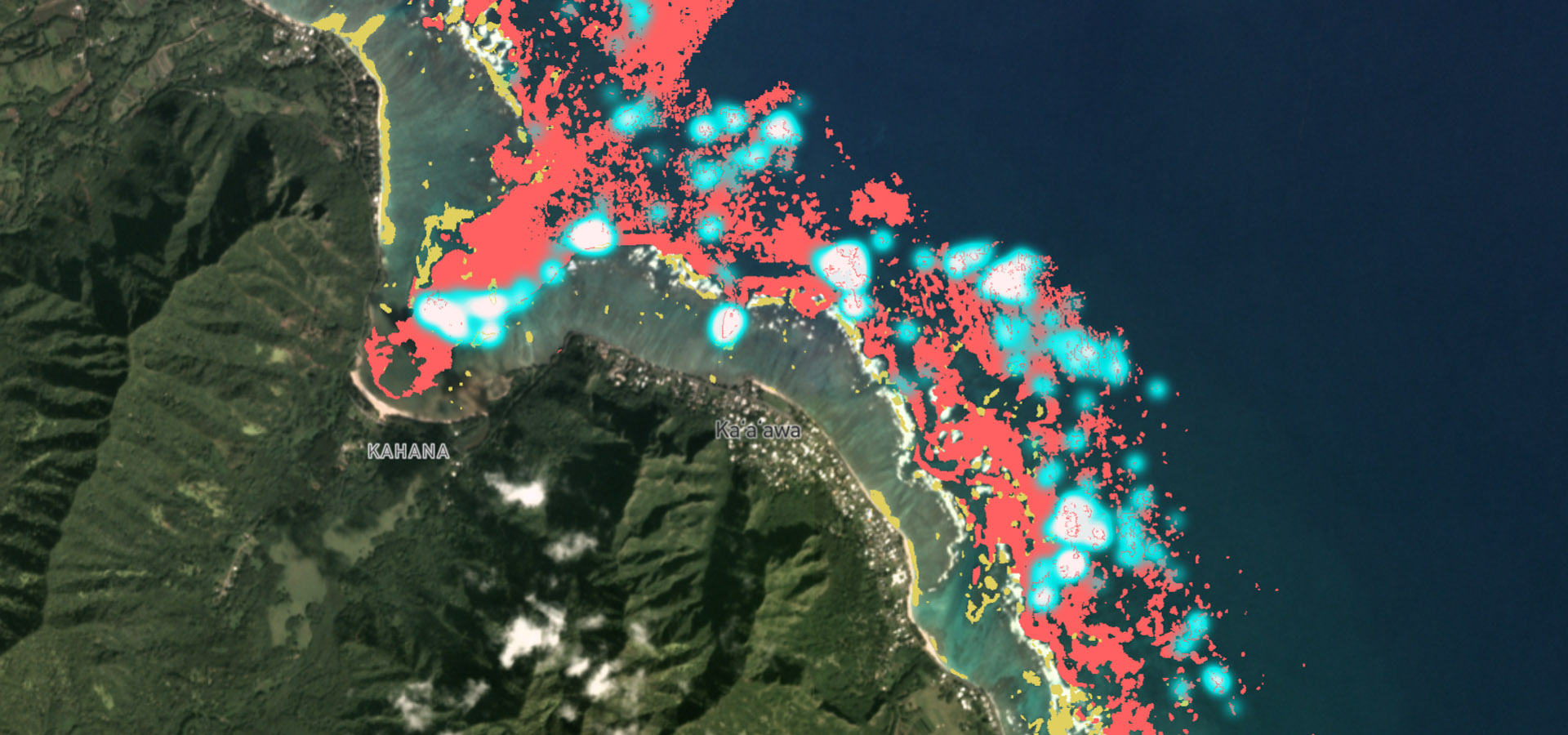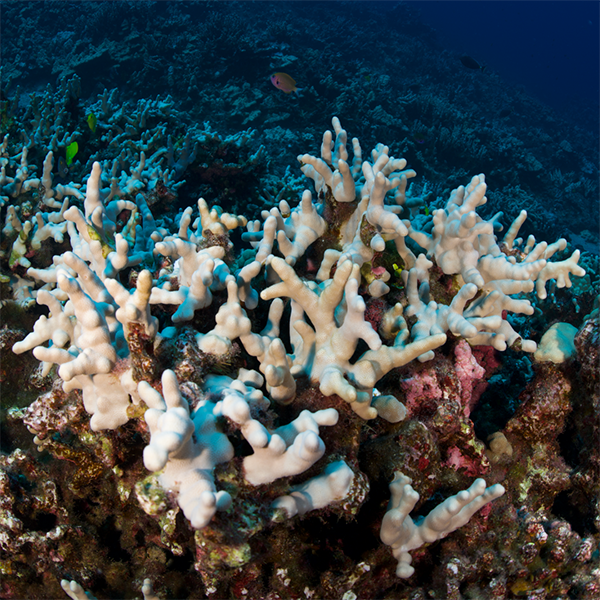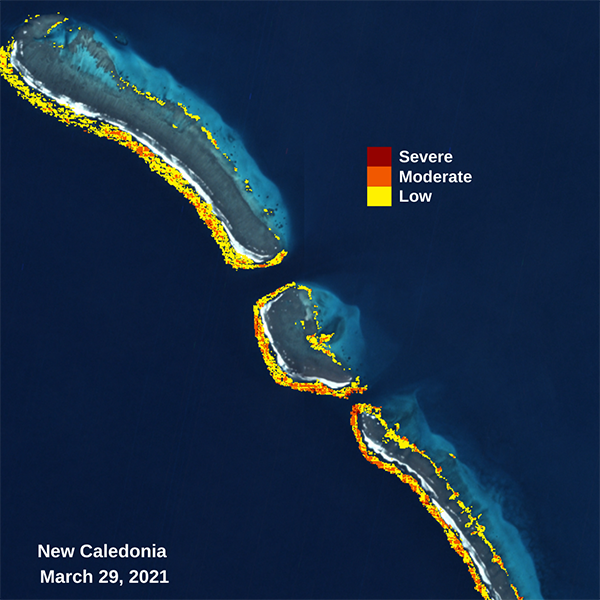
The Allen Coral Atlas project, an international research collaboration featuring University of Queensland scientists, are using unprecedented detailed habitat maps of all global coral reefs – over 230,000 of them – to detect reef bleaching anywhere in the world.
“The current prognosis for the world’s coral reefs is bleak,” Dr Roelfsema said.
Previously, only disparate data sets and maps that were available to scientists and policymakers.
Satellites detect variations in reef brightness by using high-resolution satellite imagery powered by an advanced algorithm indicating whether reefs are under stress or resilient to marine heatwaves.
“This monitoring capability will help us to see, where and to what extent coral bleaching is likely to be occurring as well as where it isn’t bleaching so we can identify resilient reefs,” Dr Roelfsema said.
“The platform can observe where corals are bleaching throughout the world, ranging from no bleaching to severe.
“Once we know where this is happening, governments and NGOs on the ground can swoop in to take action sooner, rather than later.”

Satellite data was then cleaned up via the Carnegie Institution - Asner Lab, before UQ scientists used the data to create the first global map that represent coral and algae, seagrass, sand, rubble and rock.
“This is just the first global version of our monitoring system, with the partnership intending to improve and expand it to include a broader range of impacts on reefs such as land-sea pollutants and sediments,” Dr Roelfsema said.
“This first, truly global reef monitoring system is simply a drop in the bucket for what is to come.”
The Allen Coral Atlas, named for the late Microsoft co-founder Paul G. Allen, is funded by Vulcan Inc. and directed by Arizona State University, and was developed through a unique partnership between UQ, Arizona State University, National Geographic Society, Planet, and Vulcan.
Links :
- The Guardian : Scientists launch tool to detect bleaching of coral reefs in near real time
- Discover : How Volunteers Are Helping Keep Coral Reefs Alive
- Paul Allen Foundation : Helping corals survive the climate crisis



Medium : Mapping of the World’s Coral Reefs
ReplyDeleteEcoWatch : First-Ever High Resolution Map of World’s Coral Reefs Is Complete
ReplyDelete